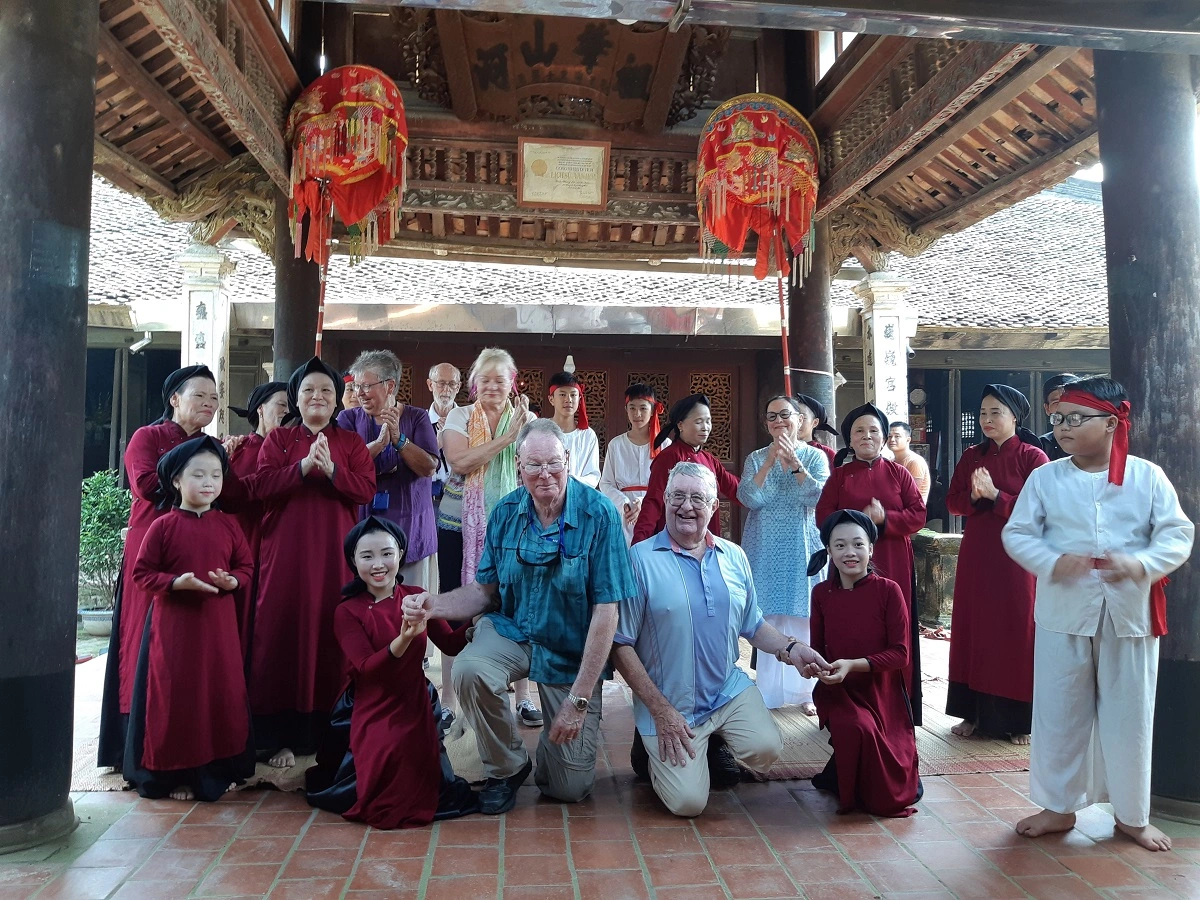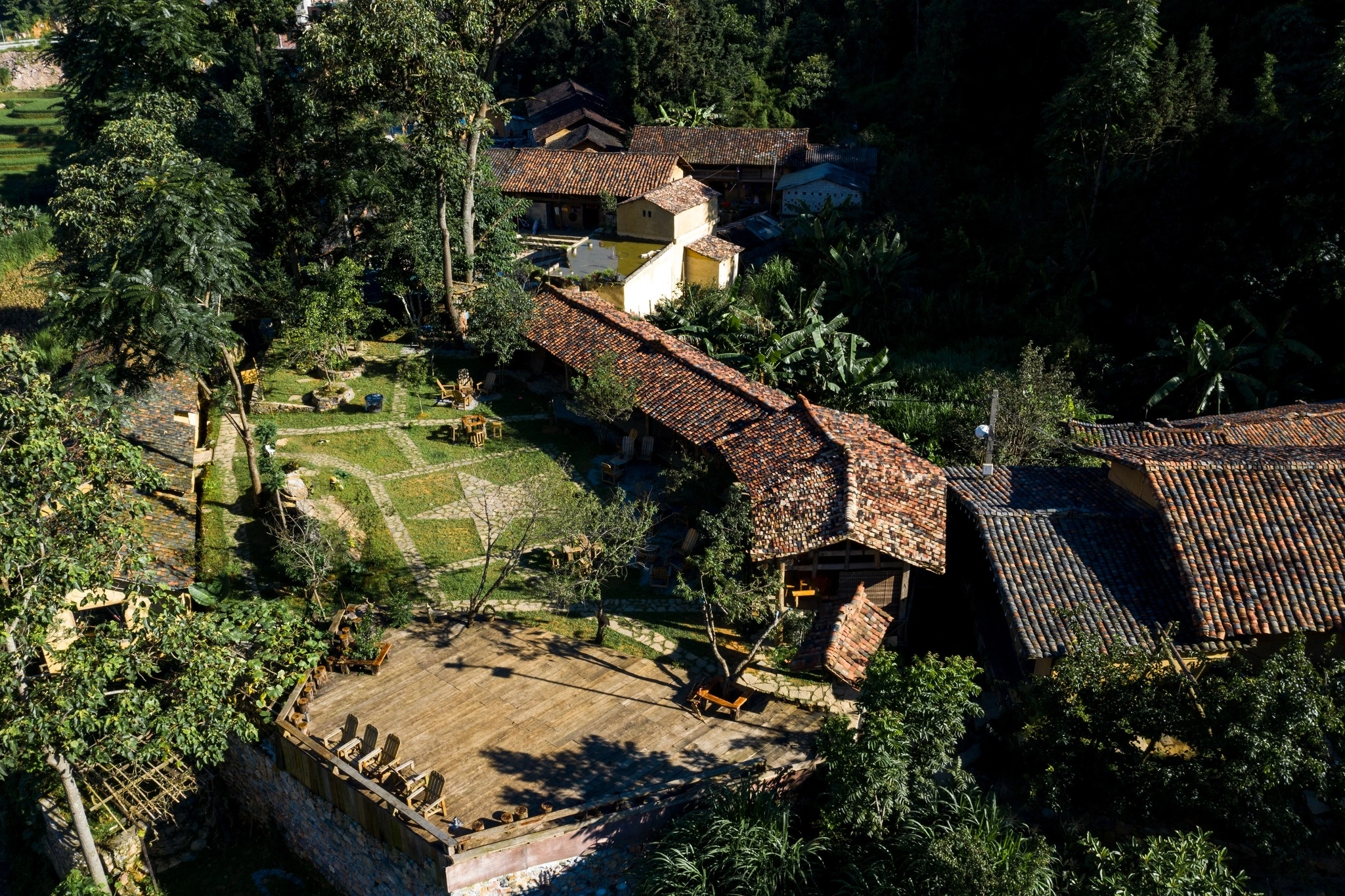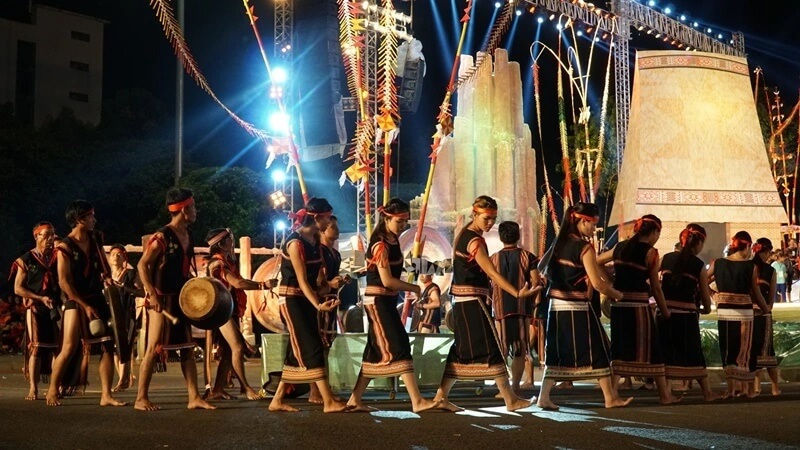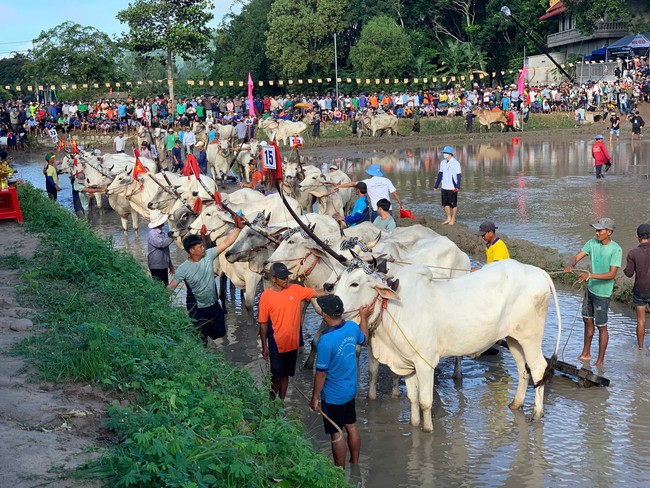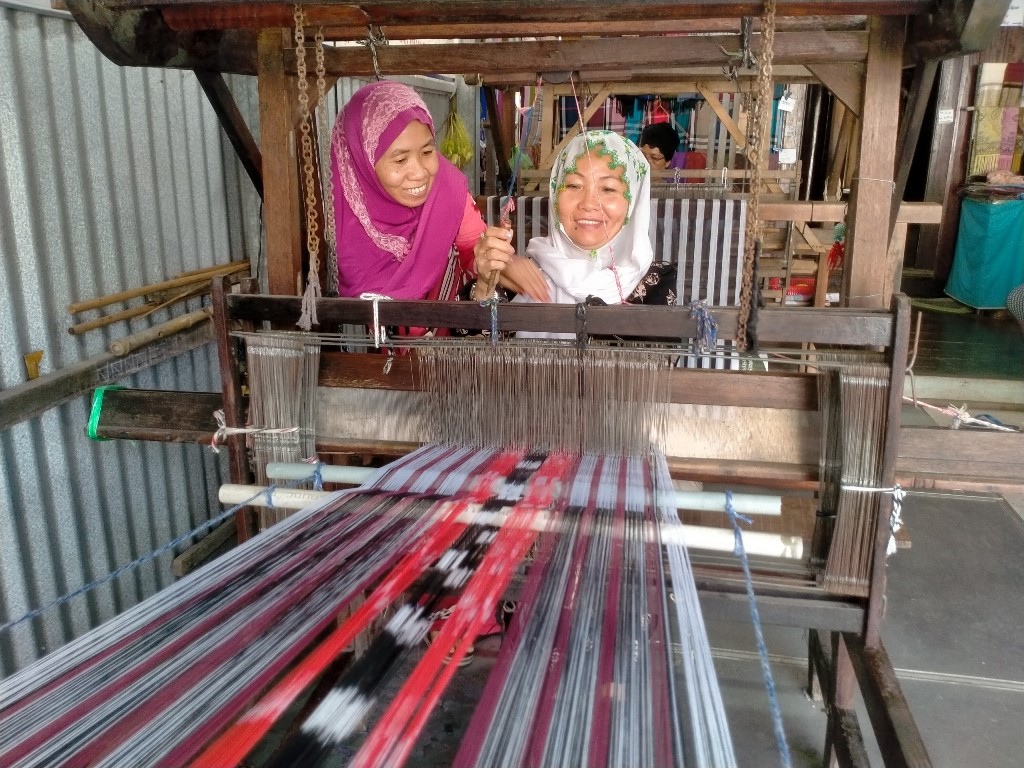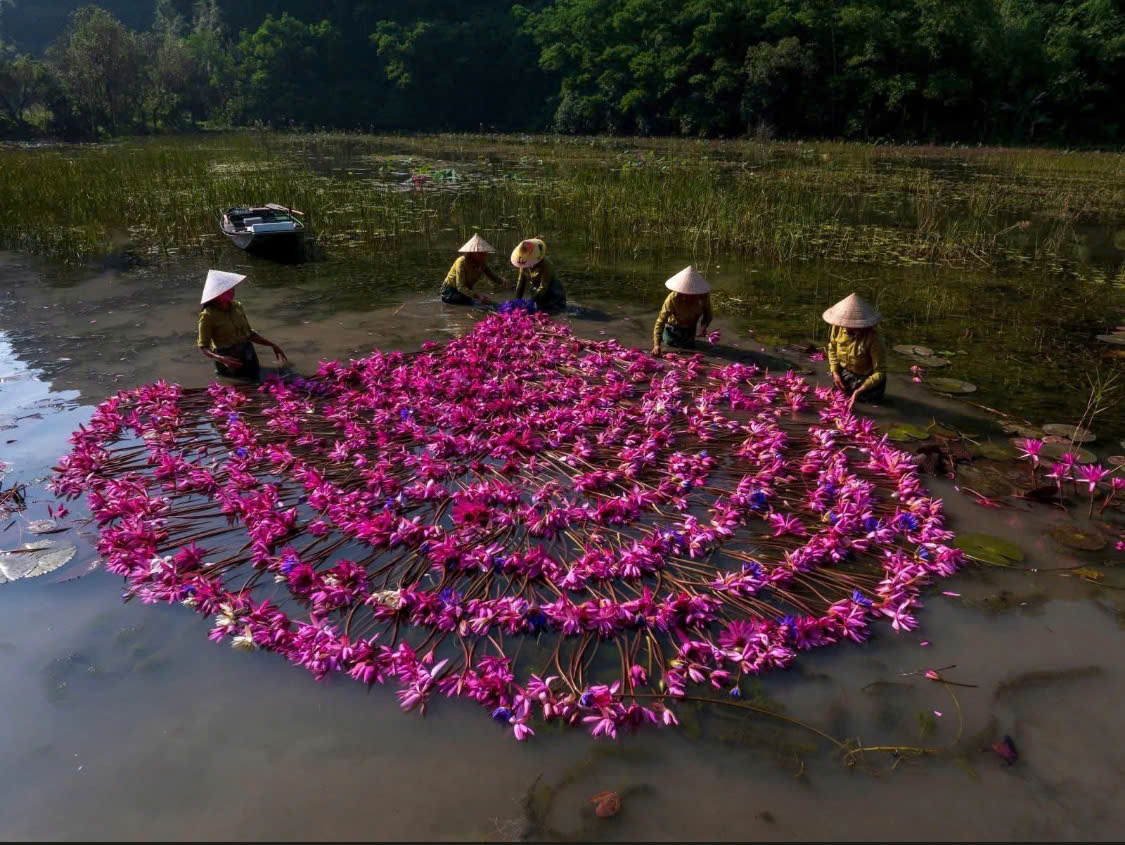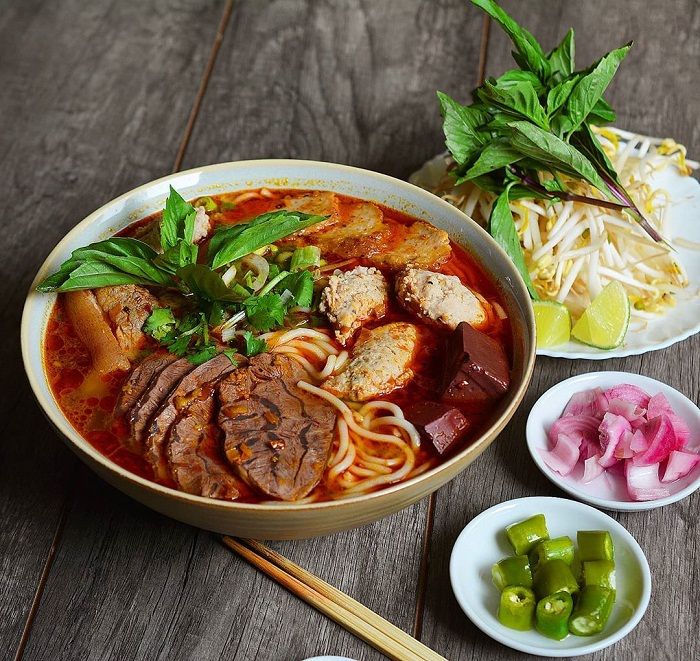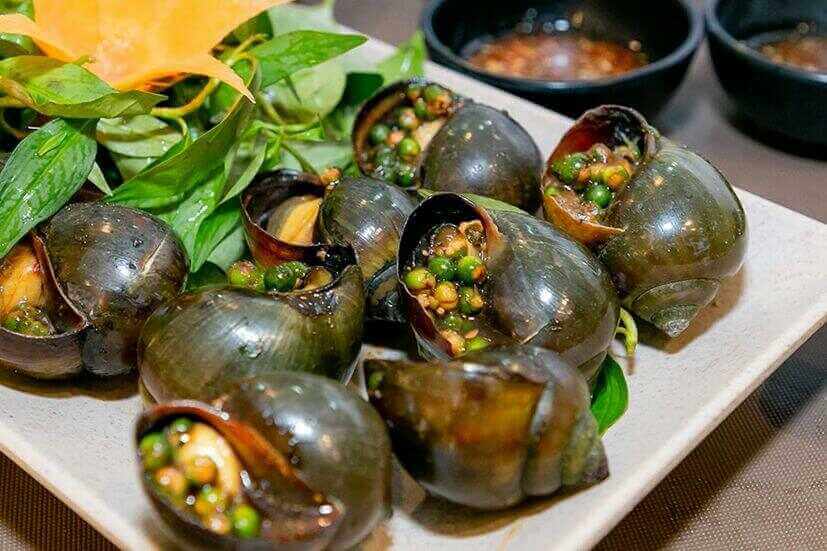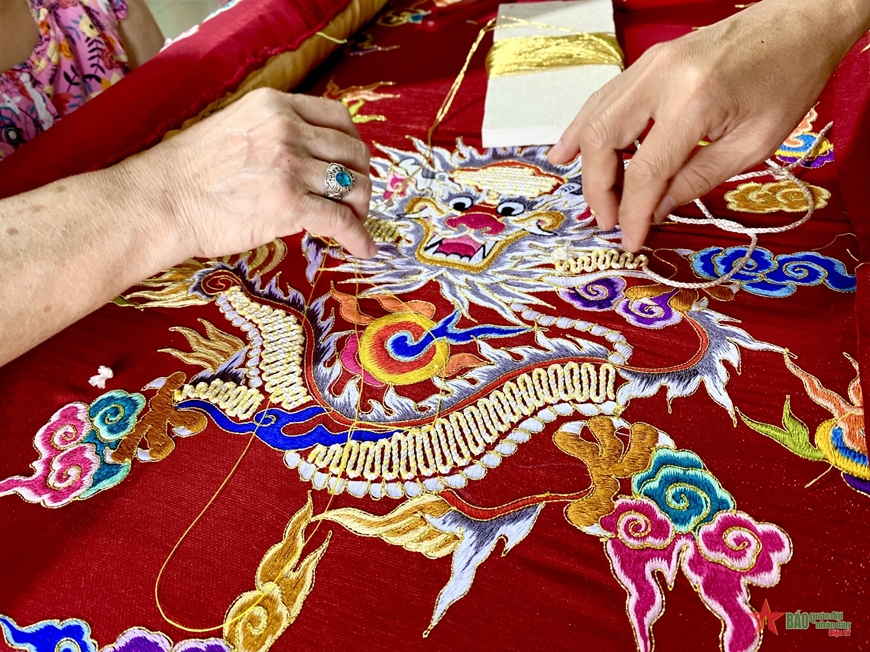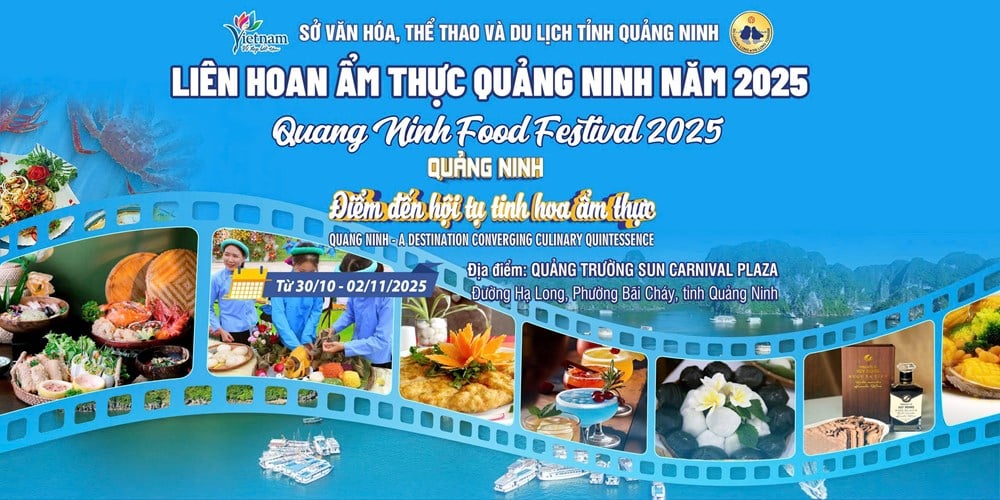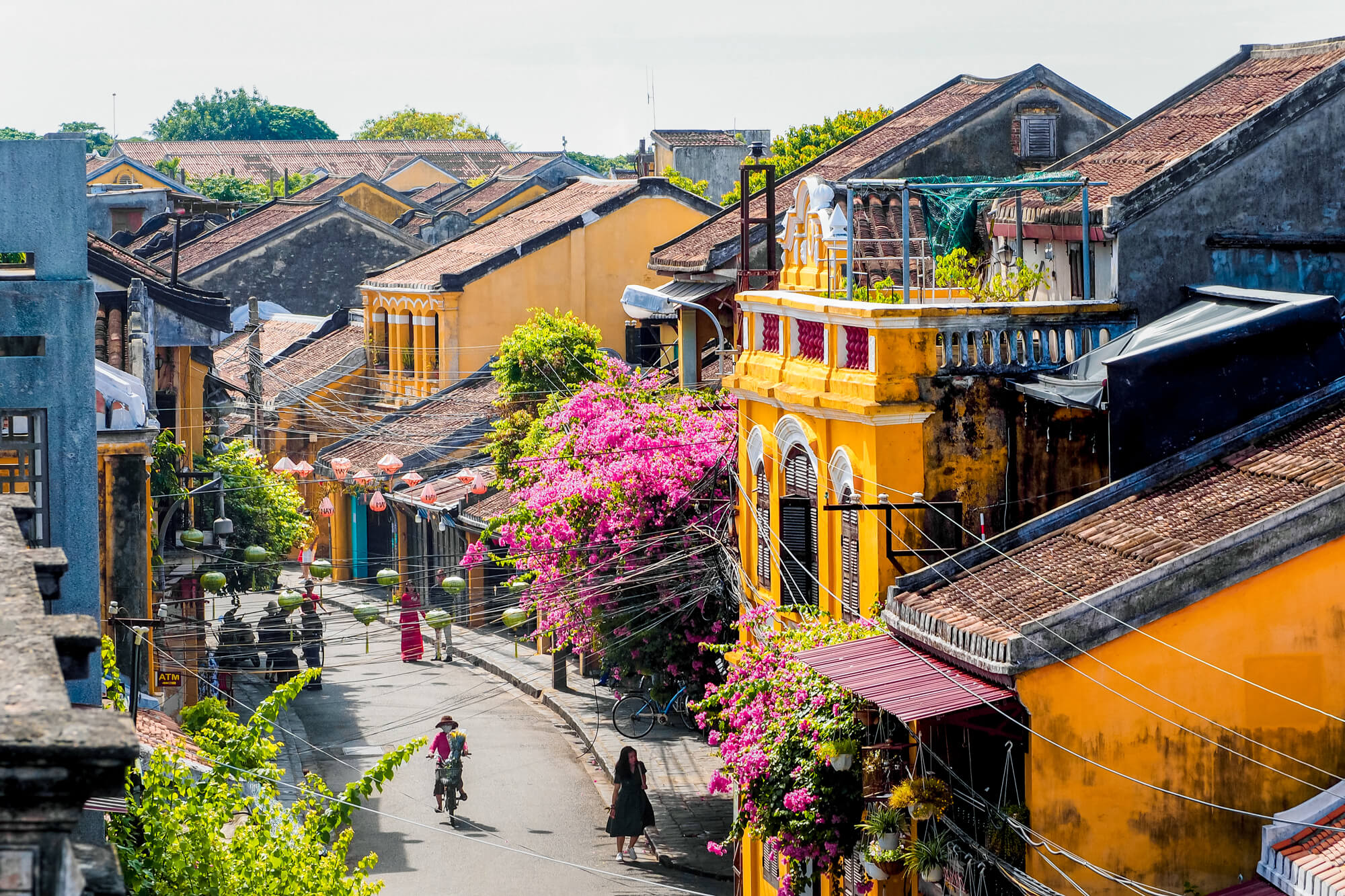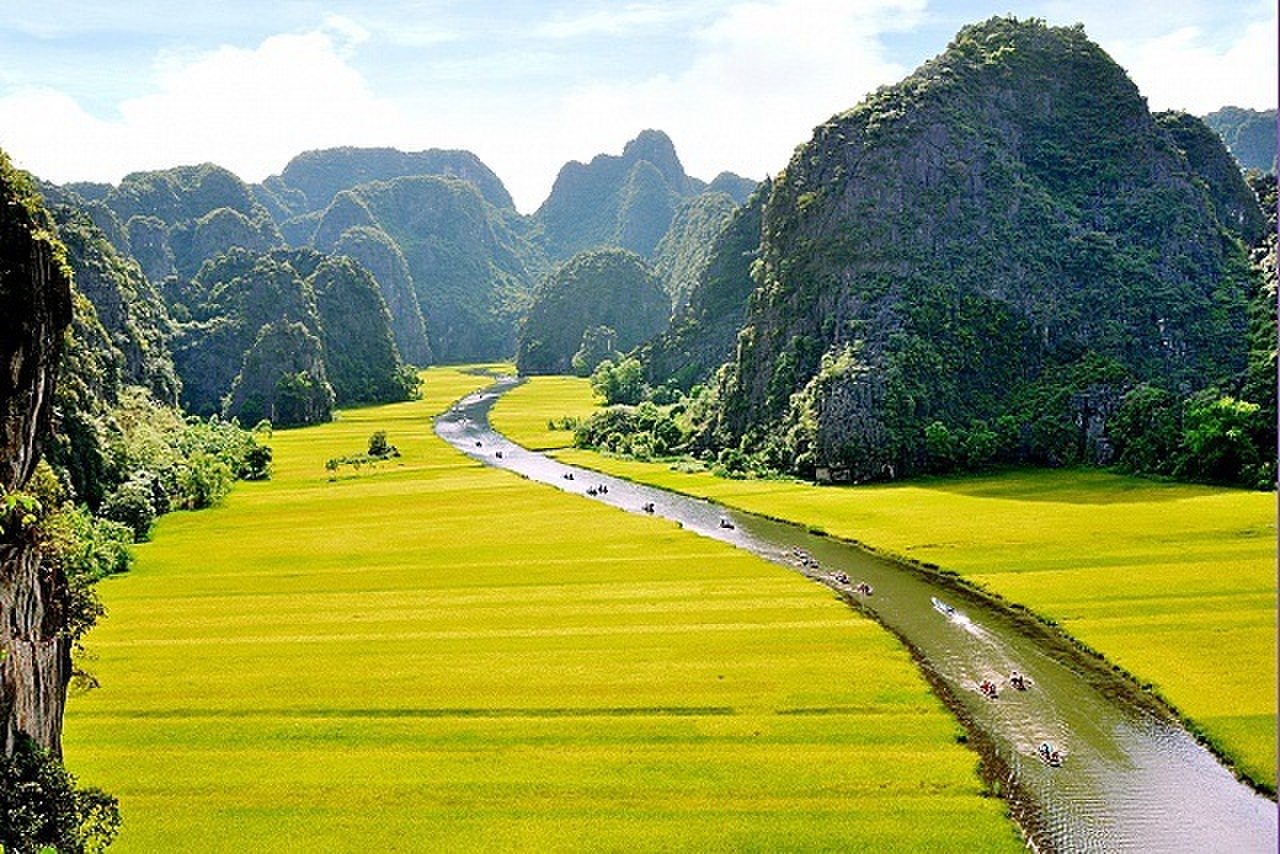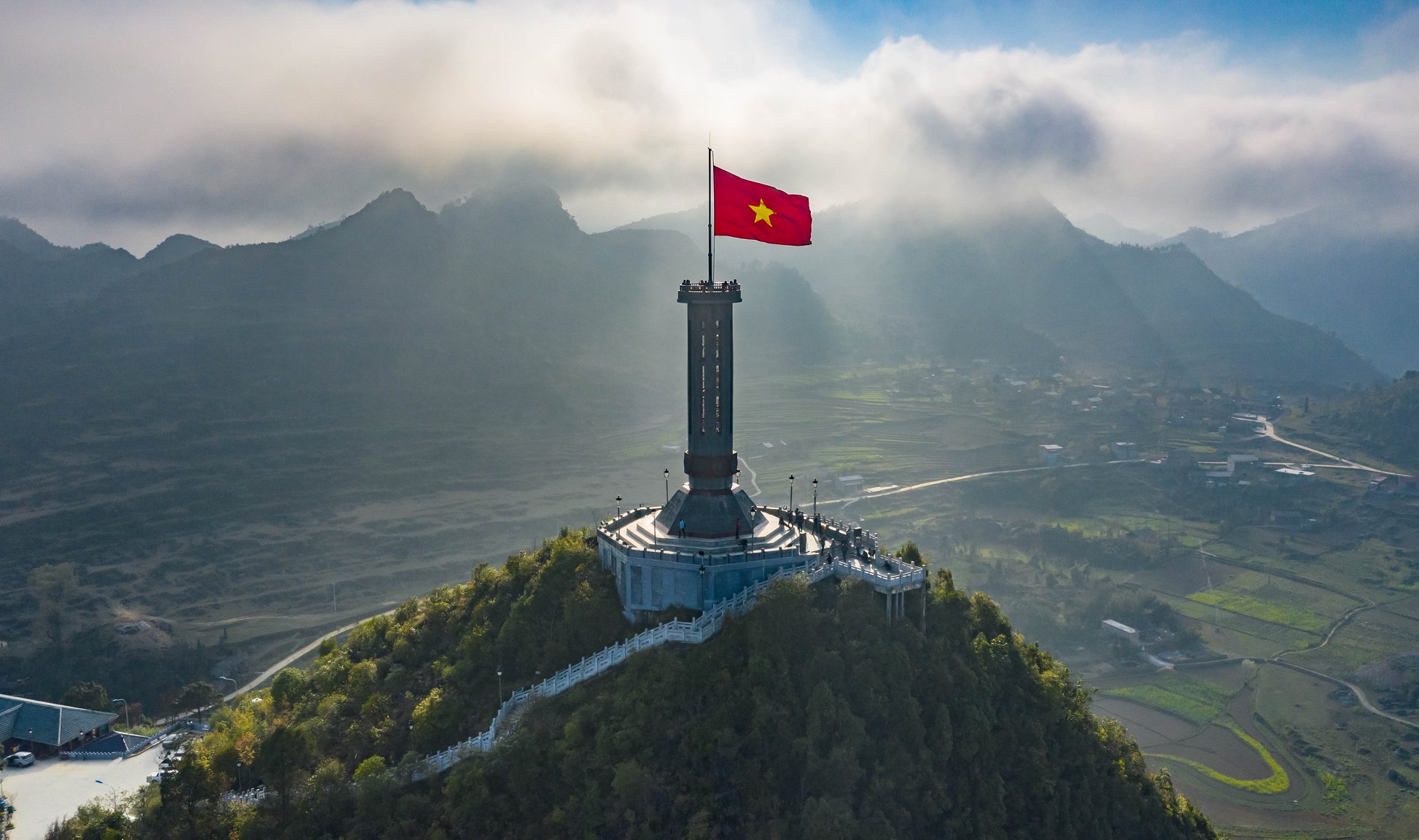Vietnam’s Mid-Autumn Festival: Tết Trung Thu

Every Vietnamese child fantasizes about having their own Tết Trung Thu celebration, complete with a brightly lit lantern and mooncakes. The Mid-Autumn Festival, known in Vietnamese as “Tết Trung Thu,” is a cherished traditional event, particularly celebrated by Vietnamese children. Taking place annually on the 15th day of the 8th lunar month, this festival, also called the Moon Festival, is a vibrant occasion across Vietnam, reflecting the country’s rich customs and traditions.
Origins of Tet Trung Thu
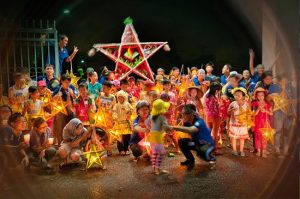
Though the Mid-Autumn Festival has its roots in China and is observed across many Asian countries, Vietnam has developed its unique traditions and stories associated with it. One of the most popular Vietnamese legends tells the story of Cuội, a man who clung to a magical banyan tree as it ascended to the moon. According to the tale, if you look closely at the full moon, you might see the silhouette of a man sitting beneath a tree. During the Mid-Autumn Festival, children carry lanterns through the streets, symbolically lighting Cuội’s path back to Earth.
The festival also celebrates the harvest, a significant event for many Vietnamese who live in rural areas and work as farmers. Tết Trung Thu represents a time of happiness and reunion, as the harvest season ends and families come together to enjoy each other’s company.
Worshiping the God of Earth
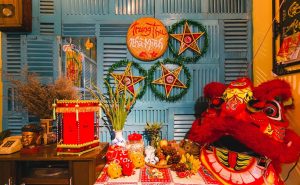
During the Mid-Autumn Festival, Vietnamese families set up an altar outdoors to honor the God of Earth. This altar, adorned with moon cakes, fruits, and various snacks, remains until midnight, allowing family members to enjoy the offerings. A separate altar is often arranged for children, ensuring they can access the treats throughout the evening.
Lighting Carp-Shaped Lanterns
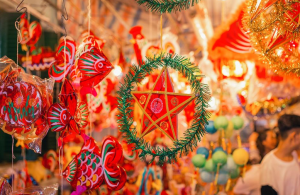
Lanterns play a central role in the Mid-Autumn Festival. One traditional story tells of a carp spirit that caused havoc on the night of the festival, leading people to fear going out after dark. Today, children carry an array of colorful paper lanterns shaped like carp as they play under the moonlight, enjoying moon cakes and the festive atmosphere.
Enjoying the Lion Dance
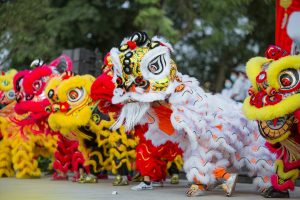
The lion dance, or “múa lân,” is a highlight of the Mid-Autumn Festival. Groups of children and teenagers parade through neighborhoods, seeking permission from homeowners to perform. Believed to bring luck and prosperity, these performances are rewarded with “lucky” money from the residents. The streets come alive with the sound of drums as numerous lion dance groups fill the night with energy and excitement.
Experiencing the Festival in Hanoi and Ho Chi Minh City
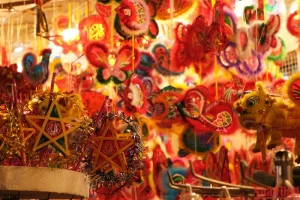
In Hanoi, the streets of Hàng Mã and Lương Văn Can are bustling with festival preparations, offering a wide variety of toys and lanterns. At 87 Mã Mây, local artisans can be seen crafting traditional festival items. On the night of the festival, the Youth Theatre on Ngô Thì Nhậm Street and the Children’s Palace on Lý Thái Tổ Street host lively musical performances for children.
In Ho Chi Minh City, the Chợ Lớn area is the heart of Mid-Autumn festivities. Lương Như Hộc Street is particularly famous for its abundance of lanterns, masks, and lion heads. For those looking to buy a traditional lion head, the shop at 109 Triệu Quang Phục Street is renowned for supplying the city’s best lion dancers for over 50 years.
A Festival for All
The Mid-Autumn Festival is not just a time for celebration; it also promotes the importance of education, arts, and cultural heritage. Even while living far from their homeland, many overseas Vietnamese families strive to share this tradition with their children, often organizing their own Mid-Autumn celebrations to keep their cultural roots alive.



